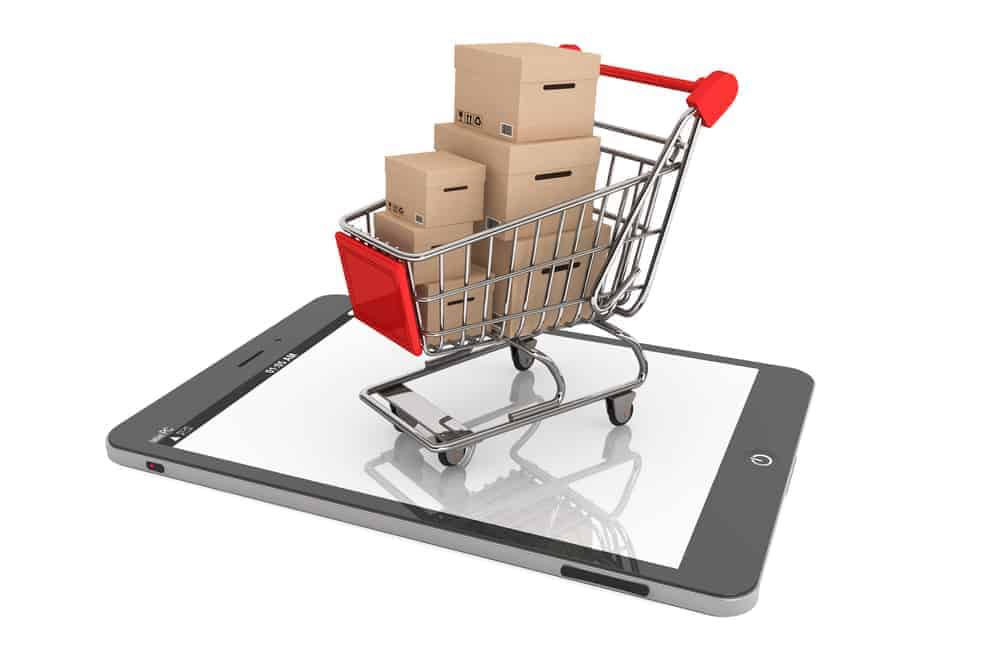Blog
E-commerce Trends Challenge Food Industry
The internet has changed the world in more ways than one. Not only is information more accessible, but the way in which we do everyday tasks have also changed. E-commerce is growing fast, and with more and more customers choosing to do their shopping online, companies have to become more innovative in terms of their packaging solutions.
The food and beverage industry is probably one of the more affected industries. The nature of consumable products has challenged these companies to come up with. If they don’t embrace the online shopping culture, they may as well close their doors seeing that more and more people are starting to do their everyday shopping online.
According to Mintel, a market intelligence agency, packaging will be taking the spotlight during the next couple of years. They estimate that by 2025, 20% of all grocery shopping will be done online.
That equates to more than $100 billion annually. The online shoppers have made peace with the fact that they can’t touch or get a sense of a product, but they don’t want to let go of the feeling that something came straight off the rack instead of the warehouse.
The question is, how have food and beverage companies adapted their packaging strategies to accommodate their online customers? They can no longer use traditional packaging techniques. The packaging needs to be highly functional and protect the content, while still maintaining the image of the brand.
With consumers becoming ever more aware of the effect of packaging on the environment, packaging companies are faced with even more challenges. They cannot bulk up the container for the sake of the product anymore.
Appearances
Danielle Suave, director of the product identification platform for Danaher, a provider of consumer packaging software, looks are important. Where e-commerce and packaging meets, there are a host of problems that arise. When a customer sees something online, the expectation is that the package will arrive in the same packaging as on the image. This, however, is not always possible.
Online shoppers are very fickle and will quickly lose faith in a brand if the package they receive does not match the package on the webpage. In short, their expectation isn’t met, and that breaks trust. An online packaging image may be upgraded, but the shipping company still uses the outdated packaging.
On the other hand, the shipping company could be using an upgraded package, but the online image could be outdated. Regardless of whose fault it was, the customer might still feel betrayed and deter him or her from buying the brand again.
Third party sellers are also becoming more involved as the e-commerce arena expands. However, many of these companies do not have sufficient technology or packaging techniques to ensure that the product gets to the other side intact. Products become bruised or crushed and just look unappetizing due to lack of insight.
The problem of choice
A few years back, one could walk into a grocery store and have a choice between two or three products of the same type. You had your favorite brand, and that was it. Nowadays, you have more choice than what is healthy. However, with the choice comes the headache of packaging. Companies want their products to stand out from the crowd. Therefore, their packaging plays a big role.
This diversity in products has brought about a challenge regarding shipping and product safety. The packaging is not just there to contain a product, but also to protect the content. If second tier packaging is used, the product will likely suffer some damage. The challenge to food and beverage companies is to maintain quality and make sure that the products get to the other side safely.
To ensure that the products reach their destinations intact, more packaging needs to be used, and therein lies the problem. As soon as you up the amount of packaging, the environment takes a hit. 66% of millennials have indicated that they would not mind paying extra for packaging that doesn’t hurt the environment.
Certain major companies have adopted the new sustainability model and are exploring different avenues for their packaging. Companies like Coke, DanoneWave, and Nestle have partnered with startups who promote environmental sustainability. They are even dabbling in making bottles from wood products.
Coca-Cola announced that they would not sit idly by while their company is responsible for major pollution. Therefore, they aim to collect 100% of packaging it sells by 2030, as part of their “World Without Waste” campaign.
Other companies have pledged similar initiatives, like Mars, PepsiCo and Unilever. Their packaging strategies focus mainly on where the products come from, how it was manufactured and the impact it has on the environment.
On the other hand, customers sometimes have an idea of what they want, or their ideas are far removed from what something might look like in reality. There exists a divide between what customers want and what they will get in the end.
The problem is that when companies do go out of their way to make more biodegradable packaging, they tend to sacrifice on what attracts the customer. They use less color and print on the labels, and the customers lose interest in what they wanted to buy, regardless of previously saying that they wouldn’t mind spending extra money on eco-friendly products.
E-Commerce is changing the world of shopping, and although companies have started to adapt and change their ways, they still have a long way to go. We have only seen the beginning of the change that is happening in the grocery shopping world, and we are bound to see even more changes as we move along.
Buying online is easy, but so is accumulating packaging. With our new-found ways of living, we need to slow down and see where we could make a difference. We need to use our changed shopping habits wisely and hopefully build a less polluted and sustainable future.





